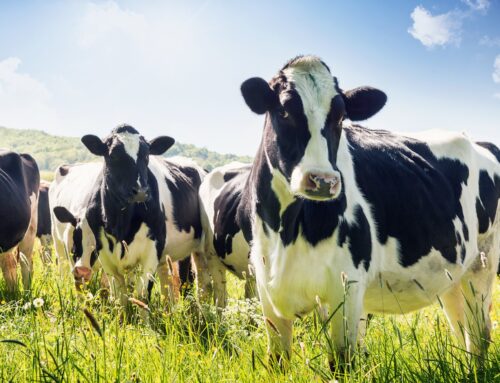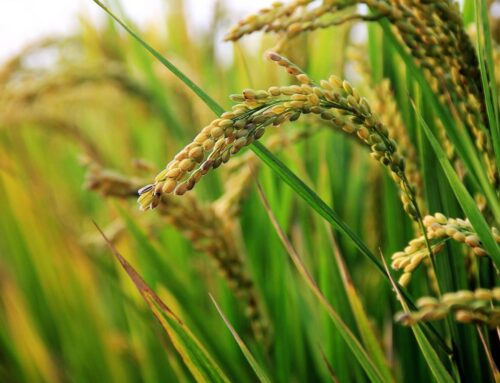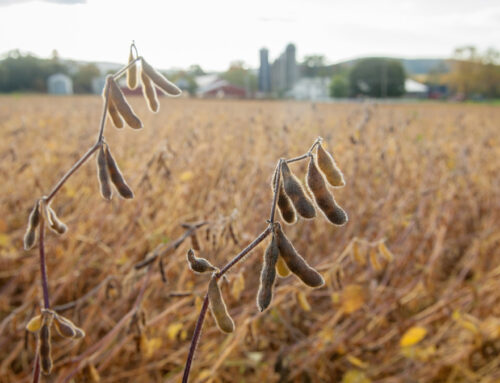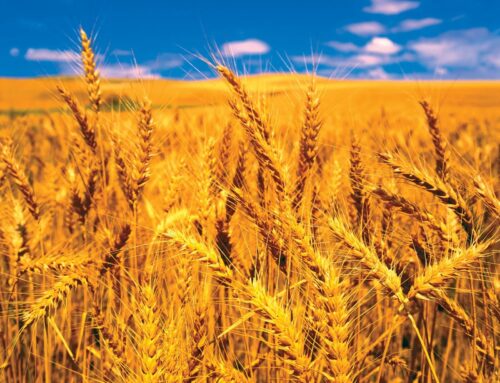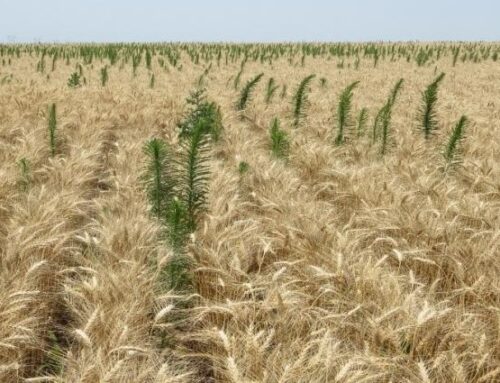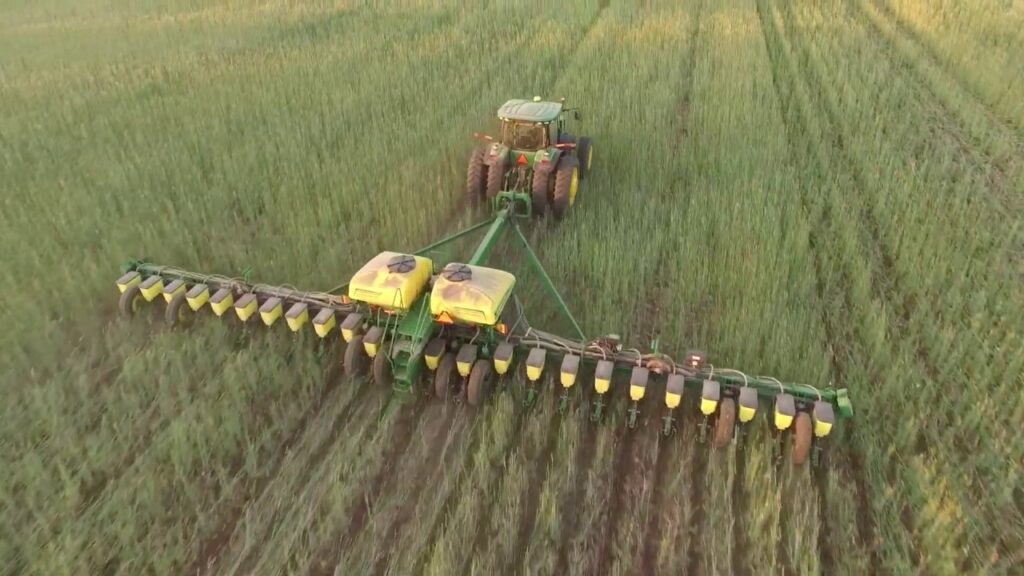
Cover crops, winter cereal forages such as cereal rye and triticale, and summer annual mixtures are covering more acres than in the past.
The benefits of planting green include:
- Increased soil organic matter. Terminating a cover crop after you plant your cash crop allows the cover crop to harvest more solar energy, increasing soil organic matter inputs. Soil organic matter acts like a sponge, increasing the soil’s ability to receive and hold more water — in effect, serving as a reservoir for later uptake by the growing crop and building moisture resiliency. More organic matter provides an additional source of slow-release nutrients for crop growth.
- Better water infiltration. Increased cover crop biomass will improve water infiltration and, in turn, help reduce surface runoff and soil erosion while also reducing nutrient losses from the field.
- More nutrients scavenged. A longer time to grow also means the cover crop can scavenge more nutrients that might otherwise be leached to the groundwater.
- Greater nitrogen credits. If planting green into a legume cover crop, longer growing time leads to greater nitrogen fixation and an increased nitrogen credit.
Additional benefits may include weed suppression, reduced challenges of wet soils, reduced hair-pinning problems at planting and improved soil microbiology.
Considerations for planting green
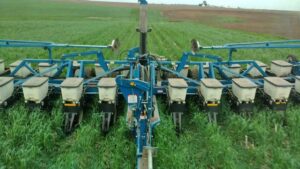 A grower should be comfortable with no-tilling and growing cover crops before planting green. Try this on a small scale before doing the whole farm. Experiment with soybeans first, as they are more adaptable and forgiving than corn.
A grower should be comfortable with no-tilling and growing cover crops before planting green. Try this on a small scale before doing the whole farm. Experiment with soybeans first, as they are more adaptable and forgiving than corn.
Your planter and attachments need to be in good physical condition and properly adjusted. Be sure to adjust for specific field conditions. This will require getting out of the tractor seat an extra time or two, especially when planting green for the first time. Focus on obtaining optimum planting depth, taking into account thickness of the standing cover crop and having adequate down pressure. Check to make sure you are getting good seed-to-soil contact and the closing wheels are doing their job. Consider using a planter rather than a drill for soybeans.
Take a close look at your cover crop termination and weed management plan. If applying residual herbicides, herbicide solubility is an important consideration. Herbicides with low water solubility will tend to remain on plant leaves and residue, while high water-solubility herbicides will easily wash off plants and residue and into the soil, where they are needed to be effective.
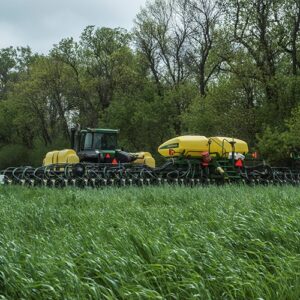 There are some special considerations for corn: Pay close attention to your nitrogen management program. Consider applying nitrogen with your starter fertilizer (an additional 30 to 50 pounds per acre at-plant may be needed), and sidedress nitrogen as needed. Plant first and spray your burndown a couple of days later, allowing the corn to germinate before the cover crop dies. Some producers also plant corn deeper, at 2.5 to 3.5 inches, to avoid germination injury from a cereal rye cover crop.
There are some special considerations for corn: Pay close attention to your nitrogen management program. Consider applying nitrogen with your starter fertilizer (an additional 30 to 50 pounds per acre at-plant may be needed), and sidedress nitrogen as needed. Plant first and spray your burndown a couple of days later, allowing the corn to germinate before the cover crop dies. Some producers also plant corn deeper, at 2.5 to 3.5 inches, to avoid germination injury from a cereal rye cover crop.
For a good discussion on planting corn green into rye, see the 2016 publication Planting Corn Into a Cereal Rye Cover Crop by Paul Jasa, University of Nebraska-Lincoln Extension engineer.
Be sure to talk to farmers in your area who have been successful planting green. Last, but definitely not least, check with your crop insurance provider if insuring your crop.
Read the original article – CLICK HERE
